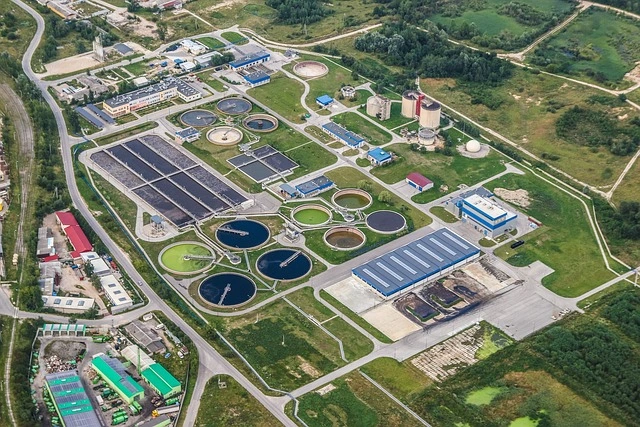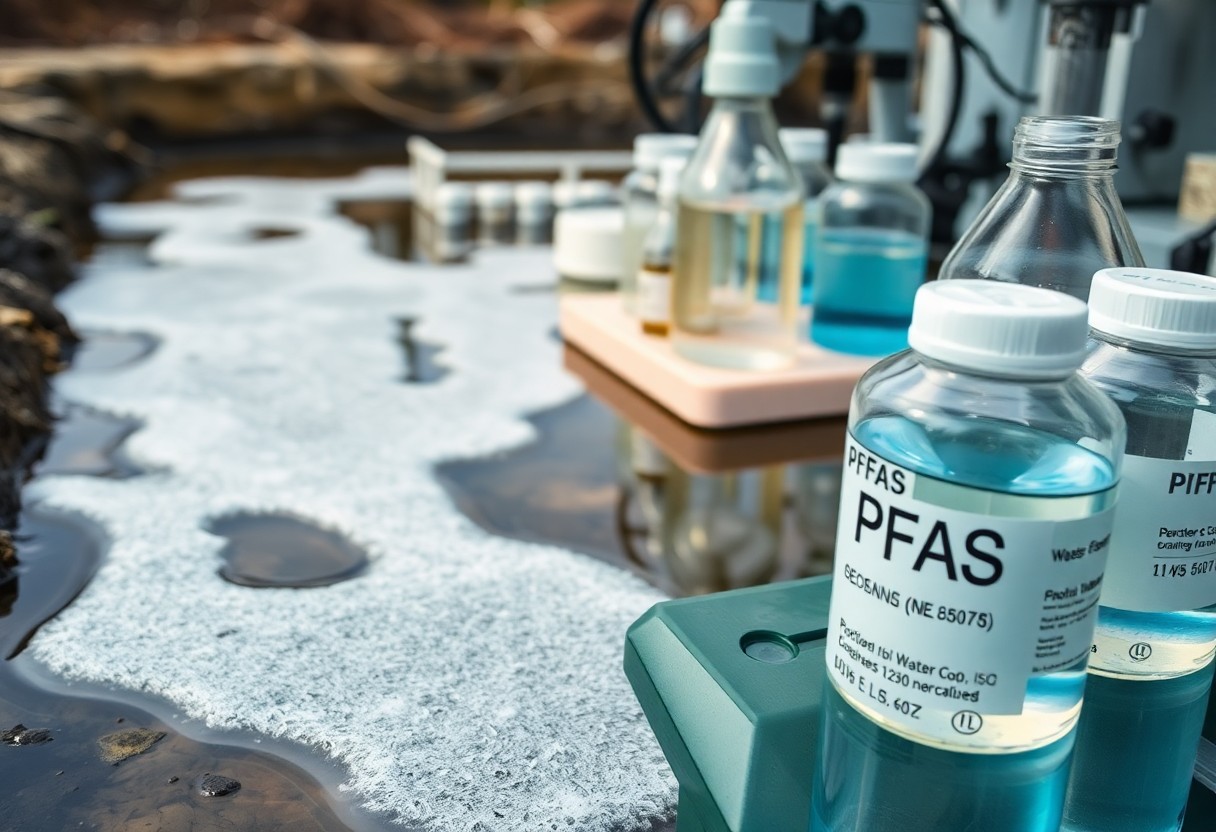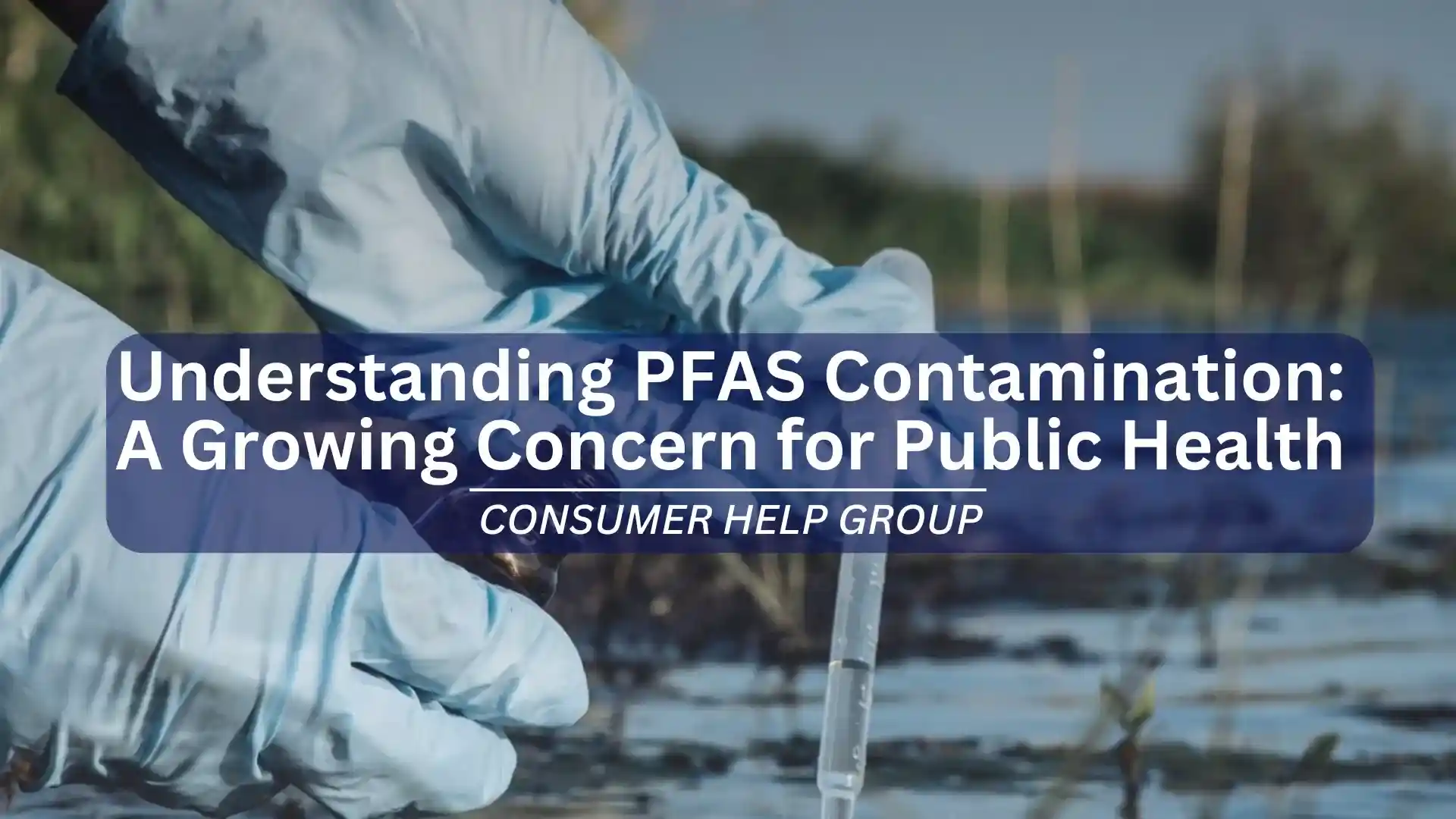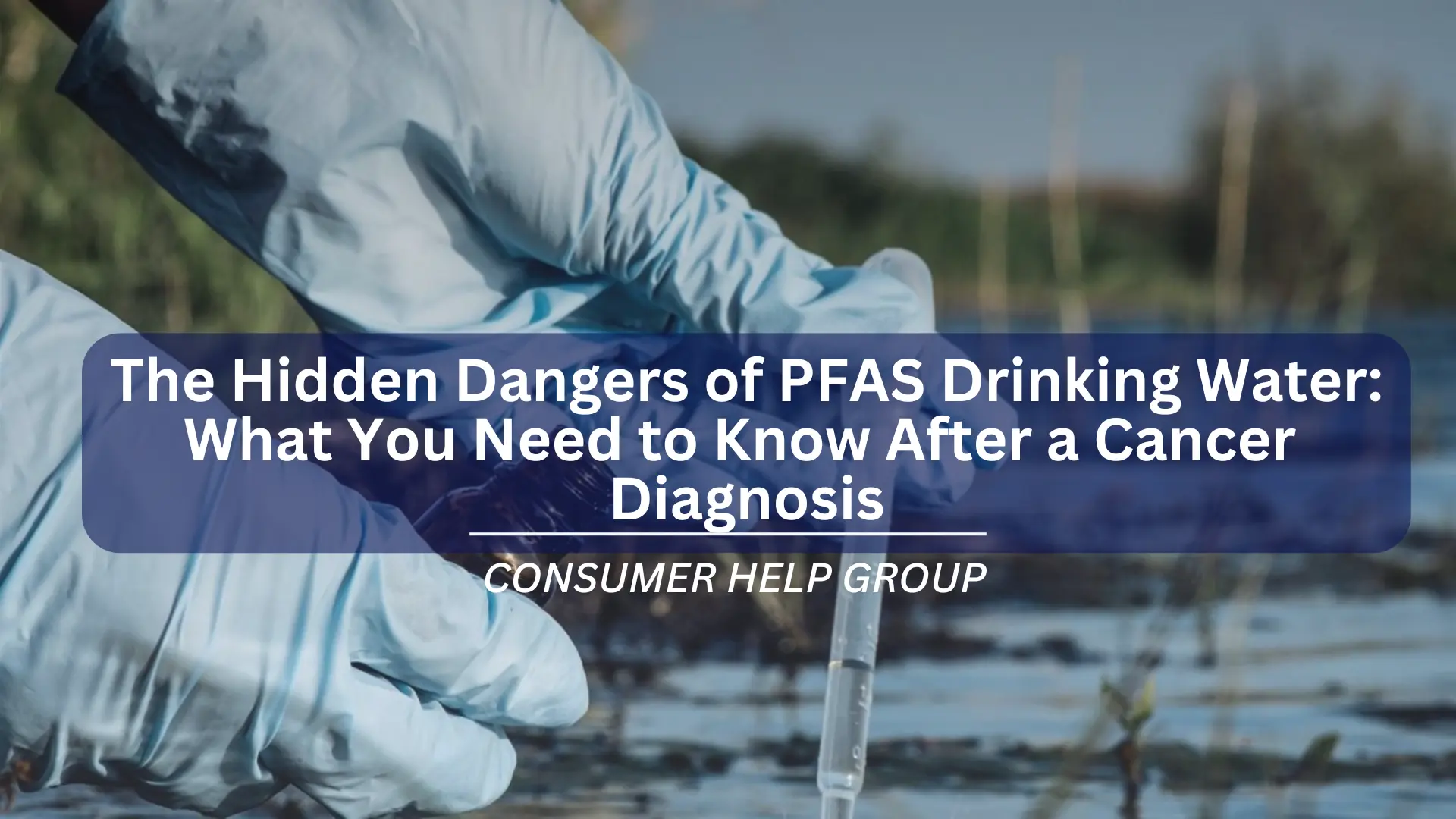PFAS, or per- and polyfluoroalkyl substances, are a group of man-made chemicals. They have been used since the 1940s in various products. These chemicals are known for being very strong and resistant to breakdown.
This is what makes them both useful and dangerous. In this article, we will explore what makes PFAS so hazardous, delving into their chemical properties and the legal issues surrounding them.
What Are PFAS?
PFAS are found in many everyday items. You can find them in:
- Non-stick cookware
- Water-resistant fabrics
- Food packaging
- Firefighting foam
These chemicals are stable and do not break down easily. This property makes them stay in the environment and in our bodies for a long time. That’s why they are often called “forever chemicals” EPA.
Why Are PFAS Dangerous?
PFAS are dangerous for several reasons:
- Bioaccumulation: PFAS can build up in our bodies over time.
- Health Risks: They are linked to serious health problems.
- Environmental Impact: They contaminate water sources and soil.
Bioaccumulation
Bioaccumulation means that these chemicals accumulate in living organisms. For example, when fish in contaminated water eat smaller prey, they absorb PFAS. This process leads to higher concentrations of these harmful substances in fish and, eventually, in the humans who eat them.
According to the Centers for Disease Control and Prevention (CDC), PFAS exposure can lead to various health issues, including: CDC
- Liver damage
- Increased cholesterol levels
- Effects on the immune system
Health Risks
The health effects of PFAS can be severe. Studies show that high levels of PFAS can lead to an increased risk of several diseases. Some of them are:
- Cancer: Some studies link certain PFAS to kidney and testicular cancer.
- Thyroid Issues: PFAS affect thyroid hormones, leading to issues like hypothyroidism.
- Reproductive Problems: Animal studies suggest PFAS can affect fetal development.
The Environmental Protection Agency (EPA) has classified specific PFAS compounds as possible human carcinogens. This makes the presence of these chemicals a major public health concern. National Institute of Environmental Health Sciences
The Legal Aspect
Now, let’s talk about the legal implications of PFAS. Because they pose such great risks, many lawsuits have been filed against companies that manufacture or use PFAS. Here are some key points:
- Regulations: The EPA is working to create stricter regulations.
- Lawsuits: Many citizens have taken legal action against polluters.
- Cleanup Efforts: There are ongoing efforts to clean up contaminated sites.
Regulations
Regulations surrounding PFAS vary by state and country. The EPA has acknowledged the dangers and is moving to establish limits on PFAS in drinking water. In 2021, they announced a new strategy to address PFAS contamination. The strategies include setting new standards and increasing monitoring of PFAS levels in water sources.
Lawsuits
Numerous lawsuits have focused on PFAS contamination. Communities near factories or military bases that used firefighting foam have sued for damages. They claim that their water supply became contaminated, leading to severe health consequences.
For example, back in 2018, a settlement worth billions was reached in a lawsuit against DuPont and Chemours. They were accused of polluting the local water supply in West Virginia with PFAS. Settlements like this one shine a light on the dangers of PFAS and hold companies accountable. Environmental Working Group
Cleanup Efforts
Cleanup of PFAS contamination is not easy. These compounds are very persistent. It is expensive and complex to remove PFAS from water and soil. Technologies like advanced filtration and bioremediation are being explored to tackle this issue. Many communities and organizations are working together to find solutions.
The Path Forward
So, what can we do about PFAS contamination? Here are some actionable steps:
- Stay Informed: Learn about products that contain PFAS.
- Support Regulation: Advocate for stronger regulations in your community.
- Reduce Use: Try to minimize the use of PFAS products in your home.
Conclusion
PFAS are dangerous not just because they are persistent, but because they can lead to serious health issues. The science behind these chemicals is vital to understanding why they are a public health concern. Legal actions are increasingly taking place to hold those responsible accountable. Awareness and education are crucial steps toward reducing the threat posed by PFAS.
FAQs
What are some common products that contain PFAS?
PFAS are found in non-stick cookware, water-resistant clothing, stain-resistant carpets, and many food-packaging materials.
How can I minimize my exposure to PFAS?
To minimize exposure, avoid products labeled as “water-resistant” or “stain-resistant,” and check for PFAS in your food packaging. Drinking filtered water can also help reduce exposure.
What is being done to regulate PFAS?
The EPA is working on establishing regulations for PFAS in various products and water supplies. Many states are also working to create their own regulations to protect public health.


















